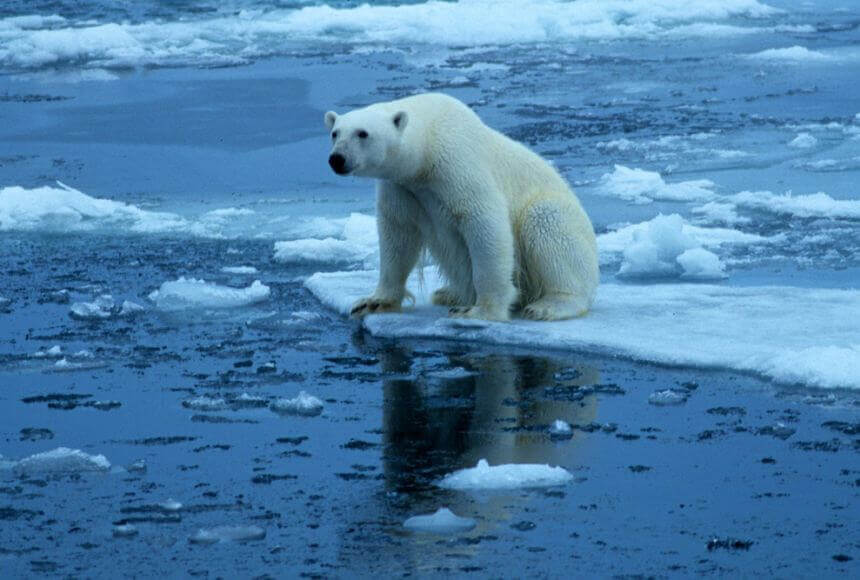The UN’s weather agency warned that it is 66% likely that the annual near-surface global temperatures will average 1.5°C higher than pre-industrial levels for at least one year between 2023 and 2027.
These developments mean that the international community will be unable to meet the goal set by the Paris Agreement, where countries agreed to prevent global temperatures rising above 1.5°C in this century by cracking down on greenhouse emissions.
Overview
In a report on Wednesday, the World Meteorological Organisation (WMO) highlighted that global temperatures will rise in the coming five years. It also reported that there is a 98% likelihood that the one of the years between 2023 and 2027 will be the “warmest on record,” breaking the record set in 2016.
Concerningly, the temperatures in the Arctic region will also be “disproportionately high.” The UN agency said, “Compared to the 1991-2020 average, the temperature anomaly is predicted to be more than three times as large as the global expected anomaly when considering the next five northern hemisphere extended winters.”
Global temperatures are set to reach new records in the next five years, says new #StateofClimate update from WMO and @metoffice:
— World Meteorological Organization (@WMO) May 17, 2023
🔗https://t.co/4PpgpKo9Hd pic.twitter.com/GSn41DWphB
The rise in temperatures will have “far-reaching repercussions for health, food security, water management and the environment,” the organisation warned. The rising temperatures will also result in “heating and acidification, sea ice and glacier melt, sea level rise and more extreme weather.”
El Niño Effect
WMO chief Petteri Taalas highlighted that the rise in temperatures can be attributed to an increase in the naturally occurring El Niño effect, which will develop in the coming months. El Niño is a climate pattern in central and eastern Pacific Ocean, which causes surface sea water temperatures to rise, causing storms and hurricanes across the world.
This will add to the already concerning climate change that has already caused global temperatures to go into “uncharted territory.” Moreover, Taalas noted that the rise in the composition of heat-trapping greenhouse gases will further cause global warming.
New #StateofClimate update says 66% chance that annual average global temperature will TEMPORARILY be more than 1.5°C above pre-industrial levels in at least one of next five years.
— World Meteorological Organization (@WMO) May 17, 2023
🔗https://t.co/4PpgpKo9Hd pic.twitter.com/Y2xfF3hiFv
The report comes ahead of the World Meteorological Congress, scheduled from 22 May to 2 June, which seeks to discuss the need for weather and climate services to prevent climate change. Strengthening of the UN’s Early Warnings for All initiative and establishing a Greenhouse Gas Monitoring Infrastructure will be discussed as well.
India at Risk of Heatwave
A separate study released on Wednesday warned that heatwave experienced by India and several neighbouring countries — Bangladesh, Laon, and Thailand — in April was a result of climate change. Concerningly, the heatwave was 30 times more likely due to climate change.
While the report said that such incidents were a once in a century event, global warming will make them likely once in every five years.

